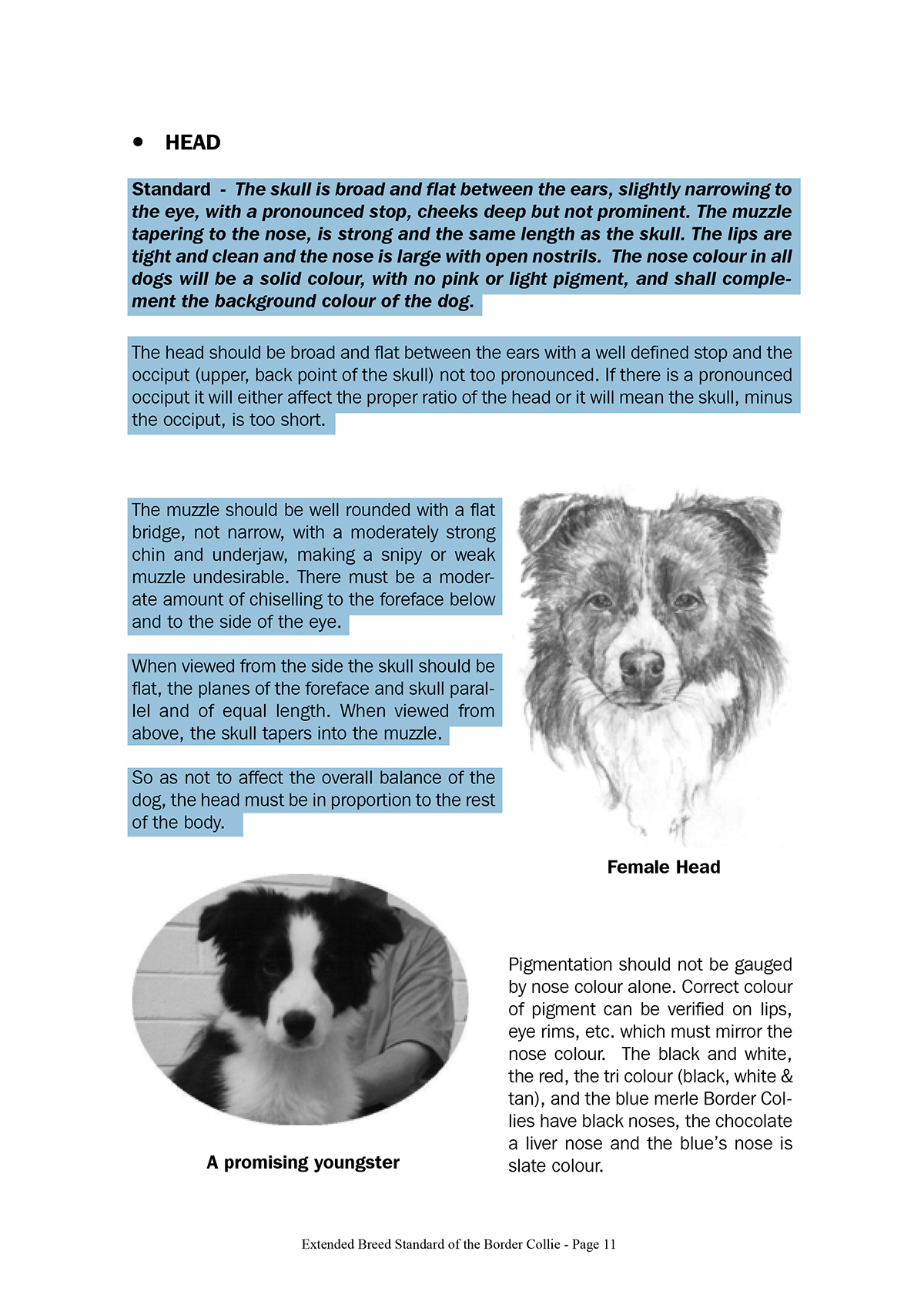"The Ultimate Guide to Keeping a Slug as a Pet: Everything You Need to Know"
#### Introduction to Keeping a Slug as a PetKeeping a slug as a pet is an unconventional choice that can bring unique joy and fascination to your life. Whil……
#### Introduction to Keeping a Slug as a Pet
Keeping a slug as a pet is an unconventional choice that can bring unique joy and fascination to your life. While many people opt for more traditional pets like dogs or cats, slugs offer a low-maintenance alternative that can be surprisingly engaging. In this guide, we will explore everything you need to know about slug care, habitat, diet, and the benefits of having a slug as a pet.
#### Why Choose a Slug as a Pet?
Slugs are often overlooked as pets due to their slimy appearance and slow movement. However, they are incredibly interesting creatures that can teach us about nature and the environment. They are low-maintenance, require minimal space, and are perfect for those who may not have the time or resources for more demanding pets. Additionally, slugs can be a great educational tool for children, helping them learn about biology and ecosystems.
#### Setting Up a Habitat for Your Slug
Creating a suitable habitat for your slug is crucial for its well-being. Slugs thrive in environments that mimic their natural habitats. Here are some essential elements to consider when setting up your slug's home:
1. **Container**: Choose a glass or plastic container with a lid that allows for ventilation. The size will depend on how many slugs you plan to keep, but a 10-gallon tank is a good starting point for a few slugs.

2. **Substrate**: Use a substrate that retains moisture, such as coconut coir or peat moss. This will help maintain humidity levels, which are essential for your slug's health.
3. **Humidity and Temperature**: Slugs prefer humid environments, so mist the habitat regularly. The ideal temperature range is between 60°F and 75°F (15°C to 24°C).
4. **Decor**: Include hiding spots like rocks, logs, or plants to create a comfortable environment. Live plants can also help maintain humidity and provide additional food sources.
#### Feeding Your Slug
Feeding your slug is relatively straightforward. Slugs are herbivores and enjoy a varied diet. Here are some food options:

1. **Leafy Greens**: Romaine lettuce, spinach, and kale are excellent choices. Make sure to wash them thoroughly to remove any pesticides.
2. **Fruits and Vegetables**: Slugs enjoy soft fruits like strawberries, bananas, and cucumbers. Cut them into small pieces to make it easier for your slug to eat.
3. **Commercial Slug Food**: There are specialized foods available for pet slugs that can provide balanced nutrition.
Be sure to remove any uneaten food after a couple of days to prevent mold growth.
#### Health and Care

Monitoring your slug's health is essential. Signs of a healthy slug include a moist body, active movement, and a strong grip on surfaces. If you notice your slug becoming lethargic or developing a dry shell, it may be a sign of dehydration or illness. Ensure that your slug's habitat is clean and that it has access to fresh food and water.
#### Conclusion: The Joy of Having a Slug as a Pet
Having a slug as a pet can be a rewarding experience. Their unique characteristics and low-maintenance needs make them an ideal choice for those looking for something different. By providing a suitable habitat, a balanced diet, and proper care, you can enjoy the fascinating world of slugs right in your home. Whether you're a seasoned pet owner or a beginner, consider adding a slug to your family and discover the joys of this unusual pet.